|
As the year comes to a close, we're looking back on some of our most popular posts of 2021. Here are the nine most popular posts on Facebook - which was your favorite post? Have a safe and happy New Year, and we'll see you to share more of our history in 2022!! PS - The Saranac Laboratory Museum will be CLOSED tomorrow, January 1, 2022. [Images: 1. Bernie Sanders taking "the cure," 2021. Historic Saranac Lake Collection. 2. The Ice Palace "listing" on Zillow.com, February 2021. 3. Marker for Norwegian Sailors at Pine Ridge Cemetery. 4. Amy Catania and Manuel Benero at Pine Ridge Cemetery, December 2021. 5. Mohawks picking berries in the Adirondacks. Illustration by John Fadden. 6. Postcard of St. Luke's Church, Historic Saranac Lake Collection, courtesy of Lucy Jones Berk. 7. Snow rolling in front of the Saranac Laboratory, 1908. Historic Saranac Lake Collection, courtesy of Barbara Baldwin Knapp. 8. Historic Saranac Lake Public Programs Coordinator Mahala Nyberg, 2021. 9. Crowds at Pontiac Bay, c. 1915. Historic Saranac Lake Collection, courtesy of Stephanie Mason.]
4 Comments
Looking for some wintry fun during the holiday break? Check out this write up from Getaway Mavens on "under the radar" activities in Saranac Lake and Tupper Lake! Thanks for featuring the Saranac Laboratory Museum!
Dear Friends, Season's greetings to friends near and far from all of us at Historic Saranac Lake. I hope you enjoy this essay, inspired by both the joy and the sorrow of the holiday season. Best wishes for your good health and happiness in the New Year. Amy Catania Executive Director More than Memory December 21, 2021 by Amy Catania This time of year, as snow gently falls over the twinkling lights of our little town, Saranac Lake can seem pretty magical. The peace and joy of the season contrasts sharply with the suffering in the world. Each reality brings the other into focus, and I often think of those who have lost loved ones in this past year. When trying to make sense of loss, I come back to a little book my grandfather gave me some thirty years ago, The Bridge over San Luis Rey, by Thorton Wilder. The book tells the stories of five people whose lives were cut short by the collapse of a bridge in Perú. The final passage reads, “...soon we shall die and all memory of those five will have left the earth, and we ourselves shall be loved for a while and forgotten. But the love will have been enough; all those impulses of love return to the love that made them. Even memory is not necessary for love. There is a land of the living and a land of the dead and the bridge is love, the only survival, the only meaning.” We spend a lot of time at Historic Saranac Lake thinking about the land of the dead. One photo, one story at a time, we try to build bridges between the past and the present. Recently, a special visitor reminded us how important that work is and what it’s really all about. Earlier this month, Manuel Benero III visited Saranac Lake for the first time, traveling all the way from Mexico City. His grandparents, Pilar and Manolo, were two of the thousands of people from all over Latin America who came to Saranac Lake because of tuberculosis. Pilar came from Cuba with her sister who was ill with TB. Manolo came from Puerto Rico for the cure. Pilar and Manolo married in Saranac Lake in the 1920s. They settled in a brick house on Virginia Street, where they raised their two boys, Manny and Joe. Pilar taught piano lessons in their home. Her husband worked at the Troy Laundry and became a pillar of the community, joining the Lions Club, the Rotary, and the Fish and Game Club. He delivered dinners for Meals on Wheels. Their two sons were excellent students and talented hockey players. Both boys went on to serve their country in the armed forces. Years ago I researched the Spanish-speaking patients of Saranac Lake, and the story came alive for me when I found and interviewed Pilar and Manolo's grown children. So, I was thrilled to meet their grandson and make a connection to another generation of the Benero family. I shared photos and stories with Manuel about his grandparents' time here. Manuel explored the places around town his family had known. We found Pilar and Manolo's graves at the Catholic Cemetery. We called my friend Diane Seidenstein, and she described her love for her piano teacher. “My most vivid childhood memories are of my time with Mrs. Benero in her house,” she said. Pilar was beautiful, patient, and kind. Over the years, the Benero home was a warm, safe place for hundreds of Saranac Lake children. Having grown up overseas, Manuel doesn't remember ever meeting his grandparents. But by the end of his visit to Saranac Lake, I think he felt closer to them. Because it’s about more than memory. His grandparents' love is right here — as sure as this little book on my bookshelf, as strong as a small brick house on Virginia Street in the gently falling snow. ****
For Sabra We have a festive #TuberculosisThursday for you this week! This photograph of the dining room at the Adirondack Cottage Sanitarium (later Trudeau Sanatorium) in 1913 is all ready for a lovely Christmas dinner. We have shared a few holiday menus before, so we know the patients had big feasts! How do you decorate your dining room for the holiday season?
Have a safe and happy Christmas weekend! Don't forget - the Saranac Laboratory Museum is open today until 5PM and closed 12/24 and 12/25. [Historic Saranac Lake Collection, TCR 248. Courtesy of Trudeau Institute.]
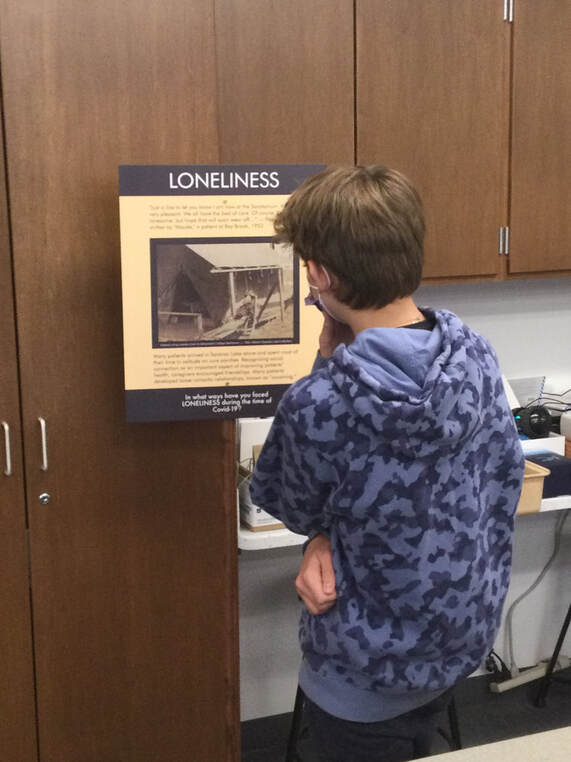 This past week our Pandemic Perspectives exhibit traveled to Saranac Lake High School for students to view the exhibit and complete a project documenting their experience with the Covid-19 pandemic. With the help of a presentation by Dr. Arden Hegele of Columbia University's Narrative Medicine Program, students in Eric Bennet's English classes learned about the field of narrative medicine that informed the exhibit's design and created their own exhibit panels, modeled after the museum's exhibit. The Pandemic Perspectives exhibit is available to view on our website now. Please contact the museum if you are interested in having the exhibit visit your school or organization! The statue of Dr. Edward Livingston Trudeau at Trudeau Sanatorium under a blanket of snow. This photograph was taken by Caroline Baisden while she was curing at the San in the 1930s. The Trudeau Statue was a popular gathering spot for patients; it was created by famed sculptor Gutzon Borglum. Today the statue can be found on the Trudeau Institute campus. Who else is hoping for big snow this weekend?
[Historic Saranac Lake Collection, 2020.10. Courtesy of Jan Dudones.]
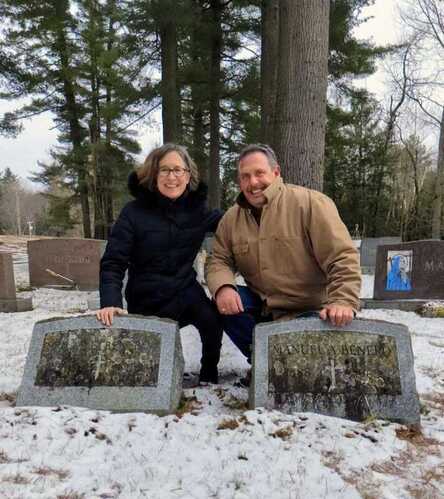 This week Manuel Benero III visited Saranac Lake for the first time, traveling all the way from Mexico City. Manuel's grandparents, Pilar and Manuel, were two of the thousands of people from all over Latin America who came to Saranac Lake because of tuberculosis. Pilar came from Cuba with her sister who was ill with TB. Manuel came from Puerto Rico for the cure. They met and married in Saranac Lake and settled in a brick house on Virginia Street, where they raised their two boys, Manny and Joe. Pilar was a beloved piano teacher for hundreds of Saranac Lake children. Her husband worked at the Troy Laundry and was a pillar of the community. Our Executive Director, Amy Catania, researched the Spanish-speaking patients of Saranac Lake years ago. Read more on our wiki. She was thrilled to meet Manuel and his friend Susanne Dahl, and to make a connection to another generation of the Benero family. Saranac Lake history is certainly full of fascinating connections! |
About us
Stay up to date on all the news and happenings from Historic Saranac Lake at the Saranac Laboratory Museum! Archives
August 2022
Categories
All
|
Historic Saranac Lake at the Saranac Laboratory Museum
89 Church Street, Suite 2, Saranac Lake, New York 12983
(518) 891-4606 - [email protected]
89 Church Street, Suite 2, Saranac Lake, New York 12983
(518) 891-4606 - [email protected]

Historic Saranac Lake is funded in part by the New York State Council on the Arts with the support of the Office of the Governor and the New York State Legislature,
and an Essex County Arts Council Cultural Assistance Program Grant supported by the Essex County Board of Supervisors.
and an Essex County Arts Council Cultural Assistance Program Grant supported by the Essex County Board of Supervisors.
© 2023 Historic Saranac Lake. All Rights Reserved. Historic photographs from Historic Saranac Lake Collection, unless otherwise noted. Copy and reuse restrictions apply.
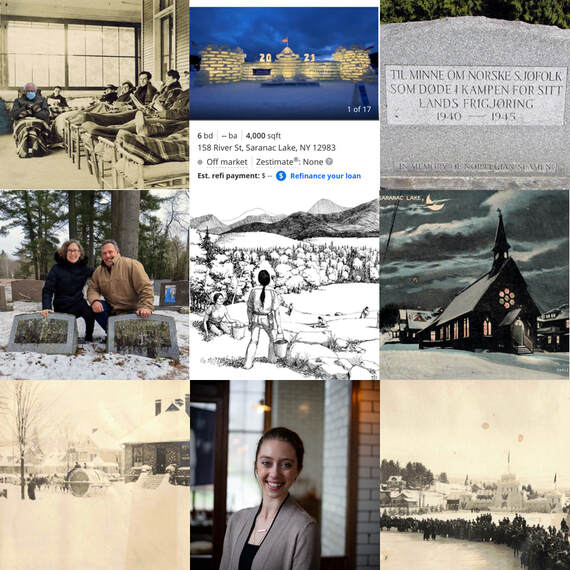
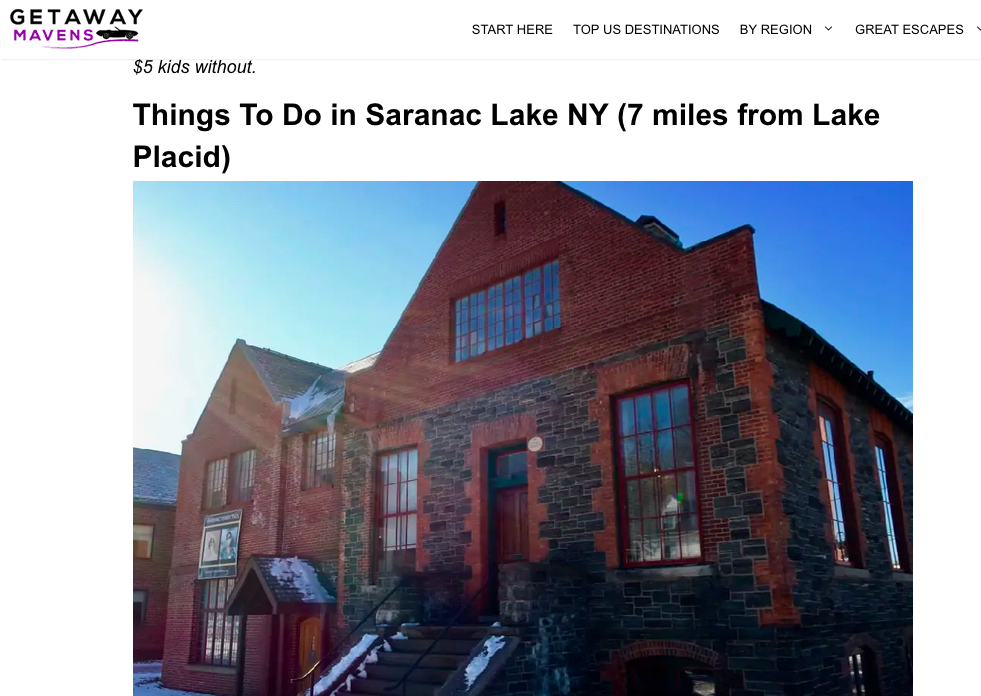
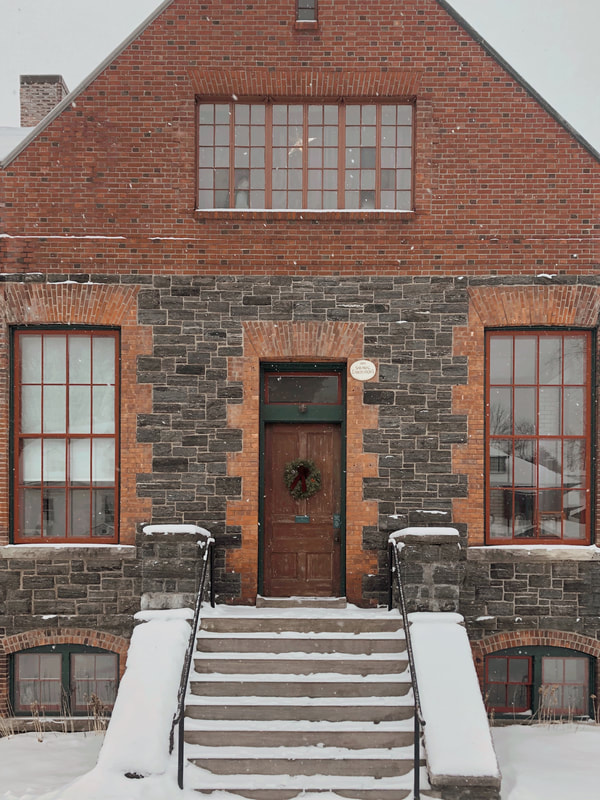
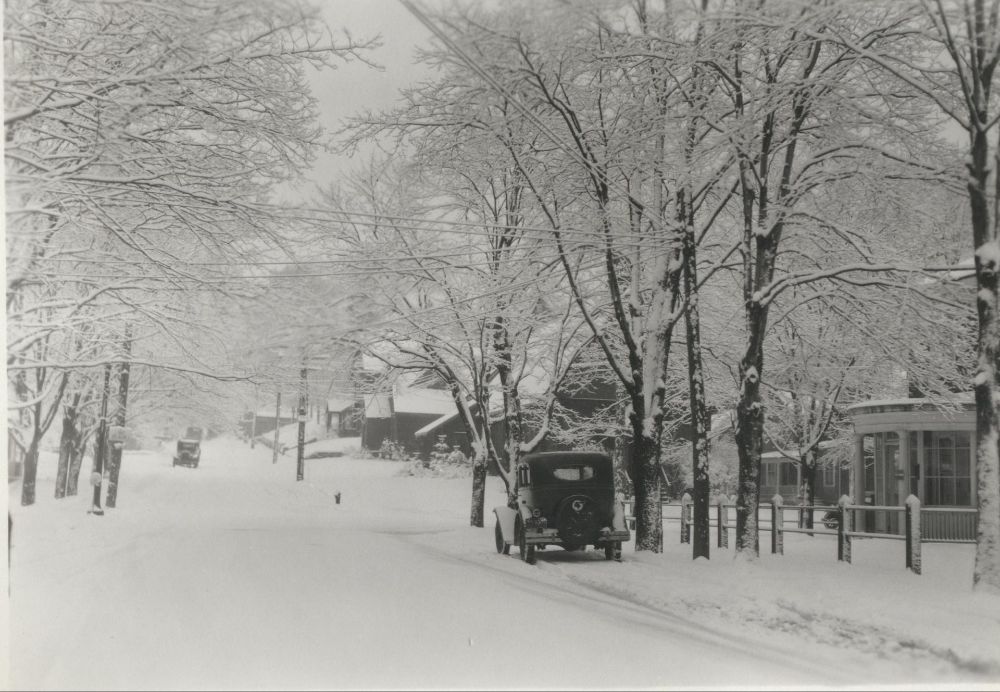
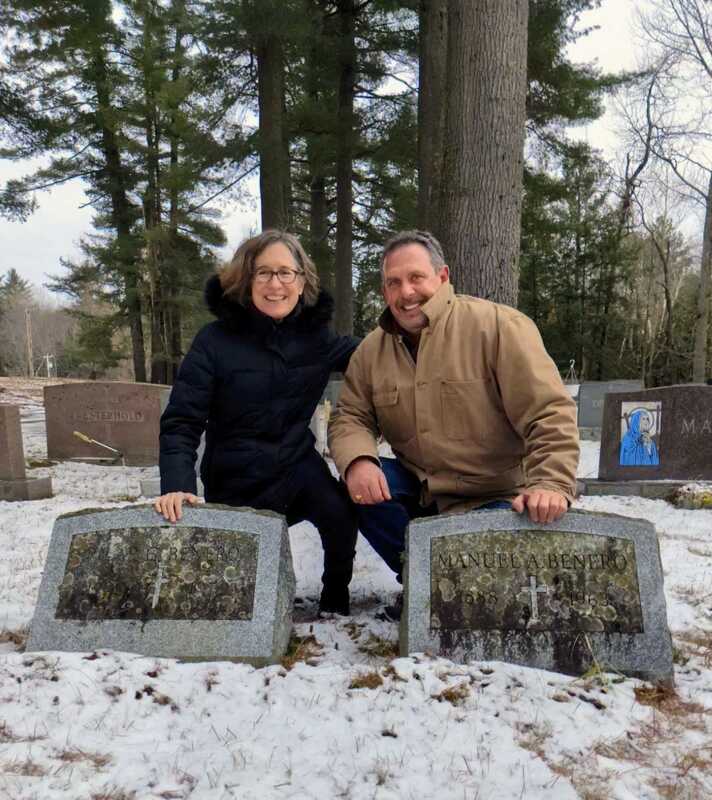
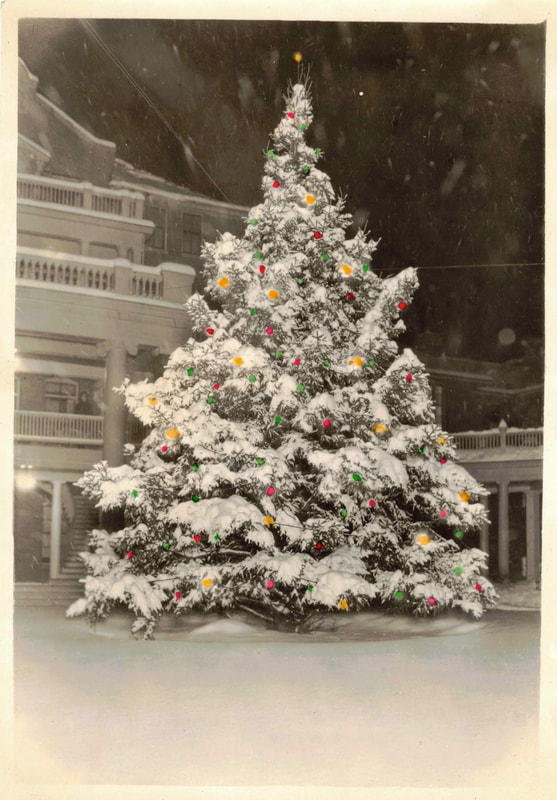
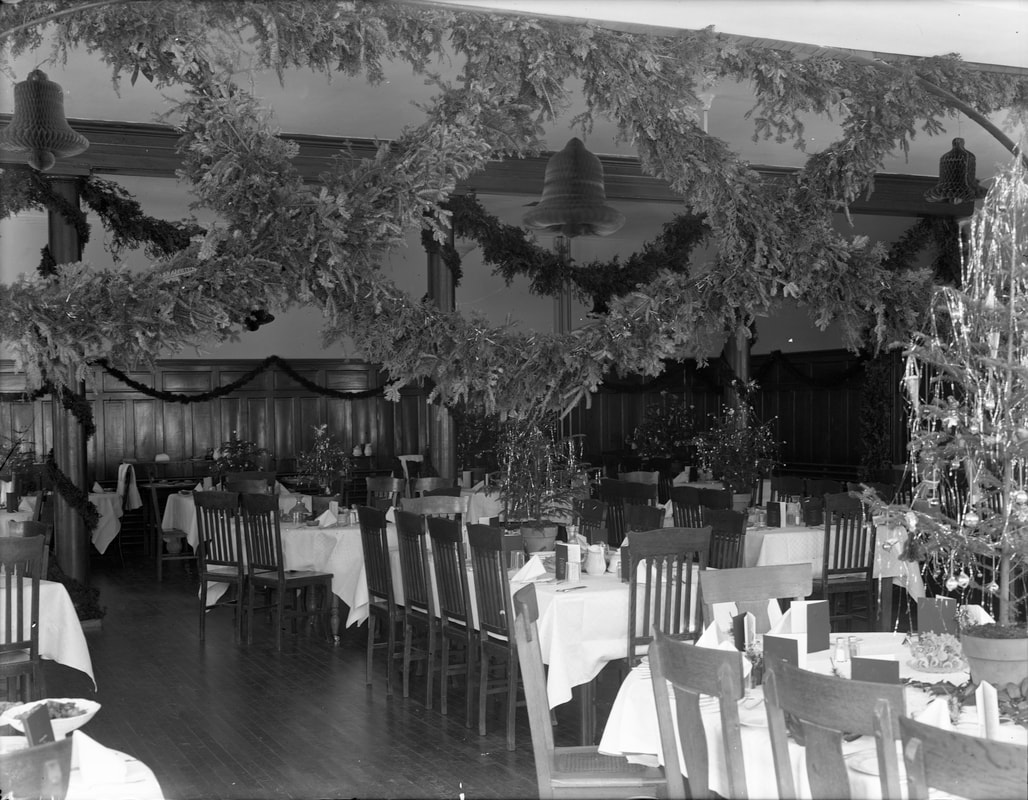
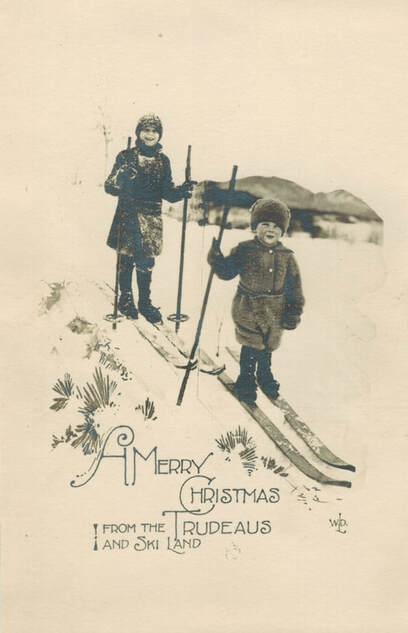
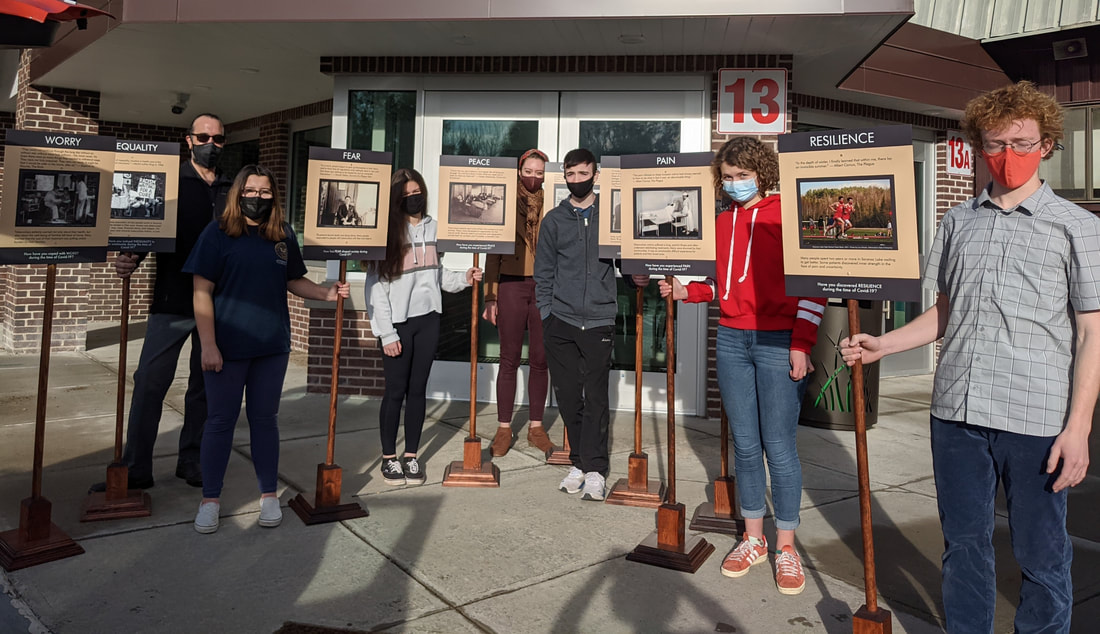
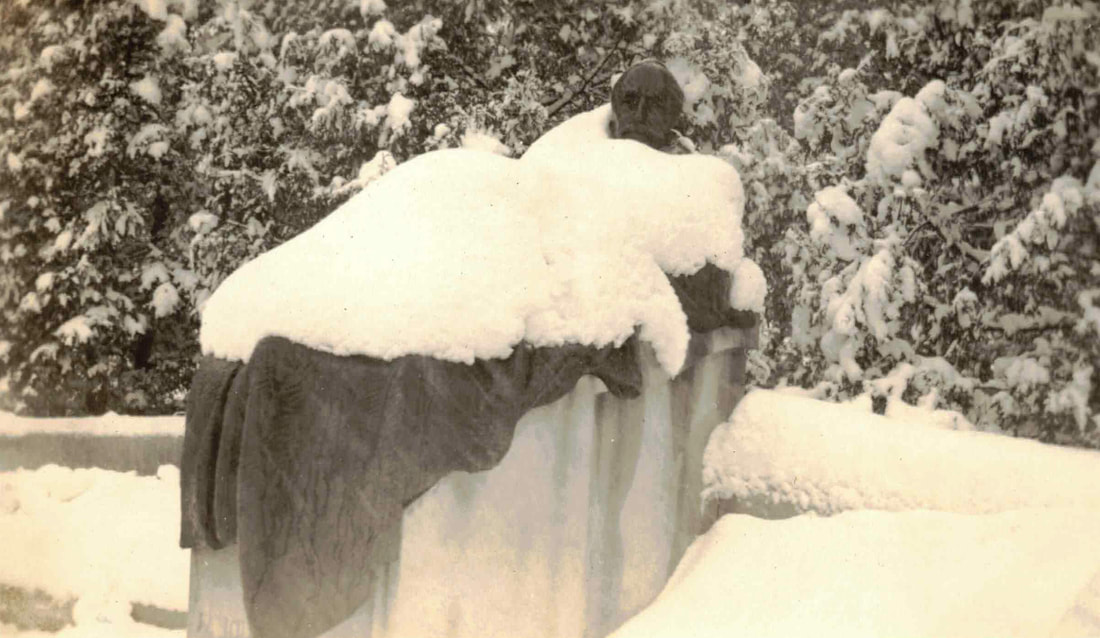
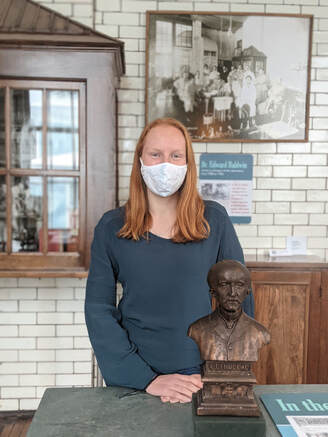
 RSS Feed
RSS Feed